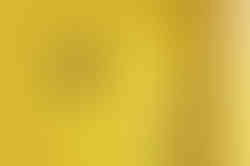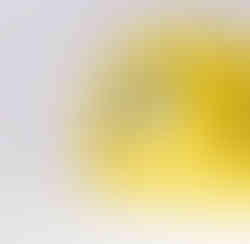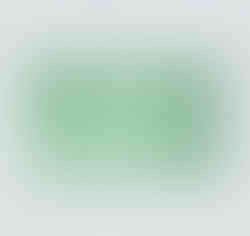Fittonia albivenis – Compact Foliage for Humid Interiors
Fittonia albivenis, also known as the nerve plant or mosaic plant, is a creeping evergreen perennial admired for its ornamental foliage. Native to the humid understories of Colombia, Peru, Bolivia, and Ecuador, this species thrives in consistent moisture and low light – making it ideal for terrariums, closed containers, or shaded shelves indoors.
Fittonia grows low to the ground, forming a spreading mat of intricately veined leaves in shades of green, white, pink, or red depending on the cultivar group. It’s particularly well-suited for plant lovers seeking a high-humidity companion for bathrooms, desktops, or glass displays.
Fittonia albivenis: Why It's a Foliage Favorite
- Intricate Leaf Veins: Signature veining creates a striking contrast against deep olive-green foliage
- Compact Growth Habit: Typically 10–20 cm tall and spreads up to 40–50 cm in suitable conditions
- Terrarium-Ready: Perfect fit for high-humidity setups or sealed glass containers
- Low Light Tolerance: Adapts well to indirect or filtered light indoors
Botanical Profile of Fittonia albivenis
- Scientific Name: Fittonia albivenis (Lindl. ex Veitch) Brummitt
- Family: Acanthaceae
- Native Range: Tropical rainforests of western South America (Peru, Colombia, Ecuador, Bolivia)
- Natural Habitat: Grows in shaded, moist forest understory with high humidity and filtered light
- Growth Type: Evergreen creeping groundcover, rooting at nodes
- Cultivar Note: 'Verschaffeltii' group includes red-veined and pink-veined variants
How to Grow Fittonia albivenis Indoors
Light Preferences
- Bright, indirect light is ideal
- Too much direct sun causes fading or scorch; too little light may reduce veining intensity
Watering Guidance
- Keep substrate consistently moist, but never soggy
- Fittonia wilts easily when dry but usually recovers if watered quickly
- Use room-temperature water and avoid letting it dry out fully
Humidity Requirements
- Requires high humidity (60–90%) for best color and turgor
- Ideal for terrariums or placement near humidifiers
- In dry homes, use a humidity tray or group with other plants
Temperature Range
- Best kept between 18–24°C
- Protect from cold drafts and avoid exposure below 15°C
Soil and Potting
- Use a moisture-retentive but well-draining mix with peat-free compost, coconut coir, and perlite
- Ensure the pot has drainage holes
Feeding Routine
- Apply diluted balanced liquid fertilizer every 4–6 weeks if actively growing
- Feeding can be paused when growth is fully dormant due to low light
Common Problems and Solutions for Fittonia albivenis
- Wilting: A common reaction to dry soil; water immediately and raise humidity
- Browning Leaf Edges: Caused by low humidity or underwatering
- Yellowing Leaves: Usually from overwatering or stagnant conditions
- Pests: May attract fungus gnats, spider mites, or mealybugs in overly wet setups; treat with insecticidal soap or neem
Extra Tips for Keeping Fittonia Happy
- Rotate the pot occasionally for even growth
- Pinch back tips to encourage dense, bushy form
- Remove flower spikes to direct energy into foliage
- Best performance in closed terrariums or humid glass domes
Etymology of Fittonia albivenis
- Genus: Named after Elizabeth and Sarah Mary Fitton, 19th-century botanists and botanical writers
- Species: albivenis means “white-veined,” referencing the leaf pattern of wild types
Is Fittonia albivenis Right for You?
- Perfect for terrariums, glass domes, or humid bathrooms
- Not suitable for dry, drafty areas without humidity support
- Safe for most homes; not classified as toxic to pets, but best kept out of reach to avoid nibbling
Order Fittonia albivenis Online – Lush Detail for Small Spaces
Fittonia albivenis brings intense foliage color and compact growth to any humid corner. Whether in a terrarium or container, this rainforest native thrives with stable care. Order yours today and enjoy a vibrant indoor accent with minimal space demands.
Fittonia albivenis
Fittonia albivenis comes in following sizes:
Plug (Starter Plant) – ⌀ 2 cm and is approximately 8 cm tall
Baby Plant – is approximately 10 cm tall and comes in a ⌀ 6 cm pot.

























































